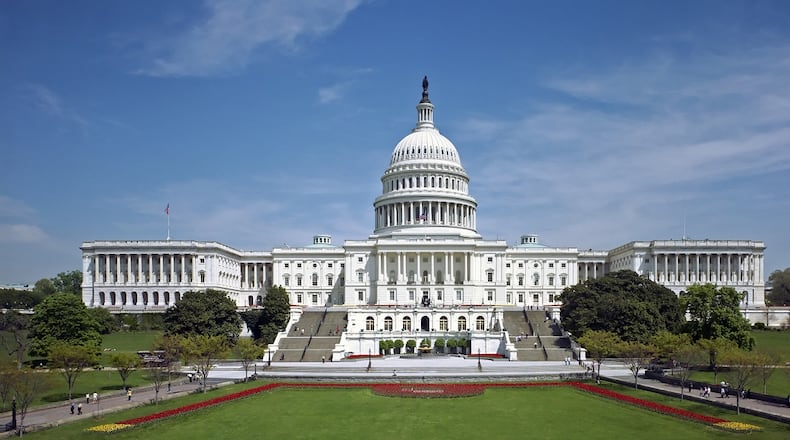Republican officials there, Smith argued, want “a free pass” that “effectively nullifies democracy.”
RELATED: Big states in high court fight over partisan political maps Known as gerrymandering, the practice of having parties control district map-making has been part of American politics since the early days of the republic. The federal courts have historically been reluctant to interfere with the way states draw their legislative and congressional districts.
RELATED: Effort to change how Ohio draws districts for Congress underway But without the court striking down the Wisconsin map, Smith warned that in 2020 there would "be a festival of copy-cat gerrymandering the likes that this country has never seen."
Pointing out that “politicians are never going to fix gerrymandering,” Smith said the court is “the only institution in the United States that can fix this problem.”
But Wisconsin Solicitor General Misha Tseytlin dismissed those arguments as “scare tactics” and told the justices that opponents of the Wisconsin GOP map “would shift redistricting from public officials to the federal courts.”
At stake is whether the U.S. Constitution prohibits states from drawing congressional and legislative seats which favor one party and reduce electoral competition. Republicans in Ohio drew up congressional districts in a plan signed by Ohio Gov. John Kasich that resulted in Republicans controlling 12 of the state’s 16 congressional seats.
Last month, Kasich endorsed legal documents filed with the court urging the justices to strike down the Wisconsin map. Kasich joined former California Gov. Arnold Schwarzenegger, U.S. Sen. John McCain of Arizona and former U.S. Senate Majority Leader Bob Dole to oppose the Wisconsin districts.
“We have opinion after opinion from this court that the consideration of politics in and of itself is not inherently unconstitutional,” Erin Murphy, an attorney who filed a legal brief defending the Wisconsin map, told the justices.
From the questions posed by the justices, it is clear that Justice Anthony Kennedy holds the deciding vote. In 2004, when the justices upheld a Pennsylvania redistricting plan, Kennedy made clear he would welcome a challenge to partisan redistricting by relying on the First Amendment, which guarantees freedom of speech.
“First Amendment concerns arise where a state enacts a law that has the purpose and effect of subjecting a group of voters or their party to disfavored treatment by reason of their views,” Kennedy wrote in the case, Vieth v. Jubelirer.
Justice Ruth Bader Ginsburg called the Wisconsin map “a deliberate attempt to maximize the number of” GOP seats in the state legislature, a view that appeared to be supported by Justices Sonia Sotomayor, who asked if it is “OK” for party officials “to stack the decks” in the way legislative races are decided.
But Justice Samuel Alito, who is expected to uphold the Wisconsin map, said “gerrymandering is distasteful. But if we impose a standard, it has to be manageable.”
Ohio draws up districts for the state Senate and House through a board that includes the governor, auditor, and secretary of state. If one party controls those offices, it can design statehouse maps that favor its candidates.
The legislature then designs congressional districts, meaning if one party controls the Ohio House and Senate, it can design districts that favor their candidates as well.
Ohio lawmakers approved a major overhaul of the way Ohio’s state legislative districts are designed, a move that voters ratified in 2015.
Advocates of more competitive congressional districts hope to place an initiative on the Ohio ballot either this year or next to draw up maps in a bipartisan fashion.
WASHINGTON NEWS
Get the latest from D.C. on our Ohio Politics Facebook page and on Twitter at @Ohio_Politics
About the Author
